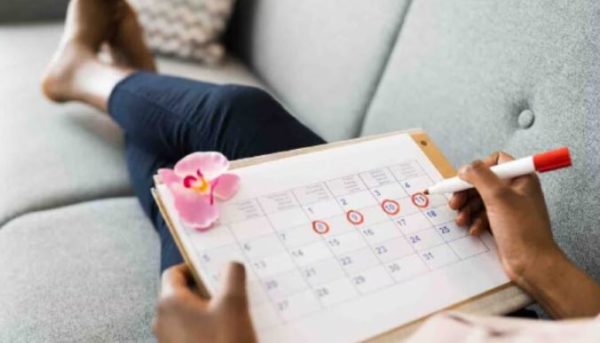Lifestyle
5 effective exercises that help regulate menstrual cycle naturally

Regulating the menstrual cycle is essential for many women who experience irregular periods, which can disrupt daily life and affect reproductive health.
Usually a menstrual cycle spans 28 days, however, it can also range from 21-38 days.
Your menstrual cycle can be irregular if you have not had periods for over 35 days or have experienced bleeding within 21 days of your previous period.
While medical consultation is necessary for severe irregularities, incorporating effective exercises into your routine may also contribute to regulating your menstrual cycle.
1. Aerobic exercises
Engaging in regular aerobic activities like running, swimming, or brisk walking can help improve hormonal balance and regulate the menstrual cycle. Aerobic exercises reduce stress, boost circulation, and improve overall health, all of which can contribute to a more regular cycle.
2. Regular yoga practice
Yoga is known for its holistic approach to health, and it can be particularly beneficial in regulating menstruation. Specific yoga poses like the Cobra, Child’s Pose, and the Butterfly pose can stimulate blood flow to the pelvic area, alleviate cramps, and reduce stress. These poses help balance the endocrine system, which plays a crucial role in menstrual regularity.
3. Strength training workout
Building muscle through strength training exercises can enhance insulin sensitivity and regulate hormones. Improved insulin sensitivity reduces the risk of conditions like Polycystic Ovary Syndrome (PCOS), which can cause irregular periods. Focus on compound movements like squats, deadlifts, and bench presses to promote hormonal balance.
4. Power of Pilates
Pilates combines elements of strength training and flexibility, helping improve core strength and pelvic stability. A strong core and stable pelvis can alleviate menstrual discomfort and improve regularity. Pilates exercises like the pelvic curl and the leg slide can be particularly beneficial.
5. Breathing exercises are helpful
Stress can disrupt the menstrual cycle by affecting hormonal balance. Deep breathing exercises, such as diaphragmatic breathing and progressive muscle relaxation, can reduce stress levels. Lower stress levels can help in regulating the menstrual cycle, as the body’s stress response can interfere with normal hormonal regulation. You can also try meditation to help you relax, destress and unwind.










